Building Better Wayfinding with Organized Content
Creating great training programs for frontline and deskless teams is no small feat. Whether you're managing a team of servers and cooks in a bustling restaurant, training technicians in the field for a utility company, or onboarding retail associates, the challenges are consistent: high-demand environments, time constraints, and the constant need for quick, actionable knowledge.
Clear and effective wayfinding for training content is essential in these fast-paced settings. Workers need immediate access to the correct information without sifting through cluttered systems or incomplete resources. Paired with the right tools, organized content ensures your teams can stay informed, productive, and confident in their roles.
The Foundation of Effective Wayfinding
At its core, wayfinding is about making information accessible. Imagine a field technician needing a quick troubleshooting guide while in a remote location—an effective wayfinding system ensures they can locate the exact resource in seconds, enabling them to resolve issues efficiently without unnecessary downtime. Similarly, a restaurant worker preparing for a shift can easily access updated menu training or safety procedures, ensuring they are set up for success before the rush begins. It’s not just about having a search bar; it’s about creating a logical, intuitive structure that empowers your team to find the exact training materials they need, precisely when they need them. Effective wayfinding includes:
Straightforward navigation: Simple, intuitive menus and structures that reflect how your team thinks and works.
Logical content hierarchy: Organizing training modules, job aids, and updates in a way that makes sense for specific roles or skills.
Deep search capabilities: Allowing users to quickly find relevant sections of PDFs, DOCX, PPTX, and other linked documents.
SparkLearn was designed to address these needs, offering tools to simplify content organization and ensure accessibility across various industries. With robust metadata tagging, audience segmentation, and integration capabilities, your content isn’t just stored—it’s structured for action.
SparkLearn’s Tools for Better Content Organization
AI Content Strategy Assistant SparkLearn’s AI-powered assistant helps you create organized, role-specific training pathways. Focusing on skills, learning objectives, and job functions builds a clear structure for your content. This tool ensures that field technicians can find detailed troubleshooting guides as easily as a restaurant worker can pull up new menu training.
Analytics Dashboards Understanding learner engagement is critical. SparkLearn’s analytics tools track what content is accessed most frequently, how users navigate the platform, and where gaps in accessibility might exist. This insight lets you continuously refine the organization and placement of your training materials.
Deep Document Search Many platforms struggle to make information inside linked documents searchable. SparkLearn’s advanced search capabilities dig deep, ensuring workers can find the exact section of a troubleshooting guide, employee manual, or safety checklist they need—fast.
Multi-Language Support For global teams or diverse workforces, SparkLearn offers robust multi-language support. This means that training content is equally accessible to a field technician in Iowa as it is a hospitality team member in Albuquerque.
AI as a Catalyst for Content Wayfinding
AI doesn’t just organize your content—it transforms how your teams interact. Traditional methods often rely on static hierarchies and manual tagging, which can be time-consuming and prone to errors. In contrast, AI-driven systems like SparkLearn dynamically categorize and retrieve content, adapting to user behavior and preferences. This shift ensures faster access, greater accuracy, and a more intuitive user experience in high-demand environments. SparkLearn’s AI tools help streamline content categorization and retrieval, making it easier for workers to find what they need without relying on outdated, manual processes.
For instance, a utility company’s field technician might need quick access to a troubleshooting guide remotely. With SparkLearn’s AI-driven retrieval-augmented generation (RAG), they can search for the guide and receive context-specific suggestions for related materials, saving time and effort.
Similarly, a new hire can easily navigate training modules for food safety procedures, customer service tips, and menu updates in a restaurant setting without bothering their manager for directions. AI ensures the right content surfaces at the right time, tailored to each worker’s needs.
The Benefits of Better Wayfinding
When your training content is organized for better wayfinding, the benefits are tangible for both your team and your organization:
For Learners:
Faster access to knowledge: Workers spend less time searching and more time learning or performing.
Higher engagement: Organized, intuitive systems keep workers motivated and confident.
Support for just-in-time learning: On-demand resources allow employees to solve problems in the moment.
For Organizations:
Improved training ROI: Better engagement and accessibility mean your training investments yield more substantial results.
Increased efficiency: Teams waste less time navigating systems and more time contributing to business goals.
Actionable insights: Analytics dashboards provide data on content performance, helping refine training strategies and improve outcomes.
Conclusion
In today’s high-demand environments, from fieldwork to hospitality, organized training content is more than a luxury—it’s necessary. By leveraging tools like SparkLearn, you can build better wayfinding experiences for your frontline teams, ensuring they have the knowledge and resources to thrive.
Ready to empower your teams with smarter, more accessible training?
Explore SparkLearn’s features and start a free trial today. Let’s build a more informed and efficient workforce together.


